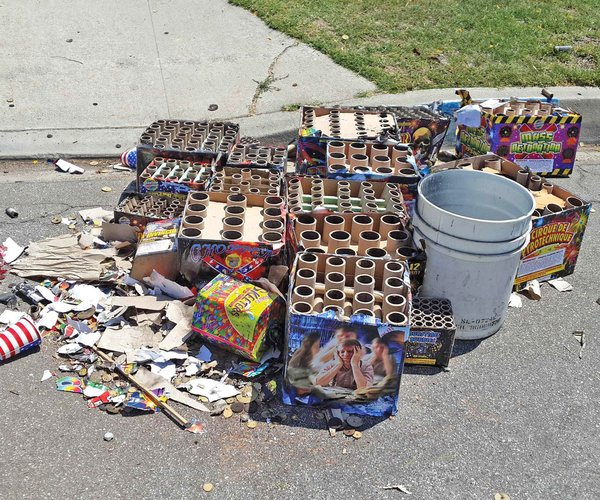Those living in county areas, or unincorporated communities like Denair or Keyes, will not be exempt from limiting their watering as the Stanislaus County Board of Supervisors passed an urgency ordinance amendment Tuesday evening, May 19, requiring county residents to reduce their watering to two days a week.
The unanimous decision was made on the heels of the California State Water Resources Control Board's adoption of an emergency regulation on May 5 that requires communities statewide to reduce their overall potable urban water use by 25 percent, a decision precipitated by Gov. Jerry Brown's April 1 Executive Order mandating conservation statewide.
"County residents shouldn't be exempt. I think we're all in agreement with that," said District 2 Supervisor Vito Chiesa who represents the unincorporated areas of Denair, Keyes, Hickman, and La Grange.
The new restriction prohibits watering between the hours of 9 a.m. and 7 p.m. and is limited to Wednesday and Sundays for odd-numbered addresses and Tuesdays and Saturdays for even-numbered addresses.
"This would align with Modesto's current requirements which are some of the most strict county wide. There is quite a variation, however, this is basically the most strict standard locally," explained Stanislaus County Director of Environmental Resources Jami Aggers.
Modesto, like Turlock, is one of the more than 100 towns in the state mandated by the State Water Resources Control Board to conserve 35 percent. Ceres must conserve by an additional 28 percent. The City of Ceres implemented similar water conservation measures that take effect June 1. As of June 1, addresses ending in an odd number will only be able to water Wednesdays and Sundays while even-numbered addresses may only water outdoors on Tuesdays and Saturdays. Outdoor watering is not allowed currently to take place between noon and 7 p.m.
Chiesa proposed "harmonizing" water conservation standards amongst the communities in Stanislaus County, something Chief Executive Officer Stan Risen said he pitched at the city manager meeting this month but no action has been taken.
"While there seemed to be some interest, we had difficulty getting everyone on board as far as a unanimous decision," said Risen. "We'll continue to pitch that because it could make a lot of sense and be a lot easier to implement if we have consistent, uniform regulations throughout the county."
Supervisor Jim De Martini also recommended the County consider funding a position at the University of California Extension for a drought tolerant landscaping advisor. A similar horticulture position existed in previous years, but has since been eliminated and De Martini doubts the state is interested in funding it again.
"The UC Extension has told me that they get constant calls and inquiries to know what kind of plants to use for drought tolerant yards and drip systems and there isn't anyone there at the extension service now that does that," he said.
Supervisors also received an update on the county's groundwater sustainable agency, one component of the Sustainable Groundwater Management Act that was passed in 2014 to allow regional control of local groundwater resources.
Precipitated by the state's ongoing drought, GSAs must be formed by June 30, 2017 and are responsible for developing and implementing a plan that is considered beneficial to all uses and users of groundwater in a basin. There are over 500 groundwater basins in the state and four local sub-basins considered in the region: the Northern Delta Mendota Canal, Modesto, Turlock, and San Joaquin County.
The San Joaquin County basin is considered to be in a state of critical overdraft and the three other basins are designated as high priority basins. This means that a plan must be in place by 2020 for the San Joaquin County basin and 2022 for the three other basins. The county is presently in the process of collecting data and creating a centralized database for its groundwater resources.





